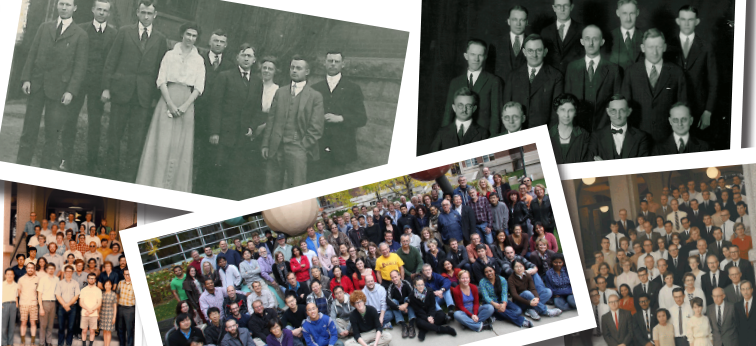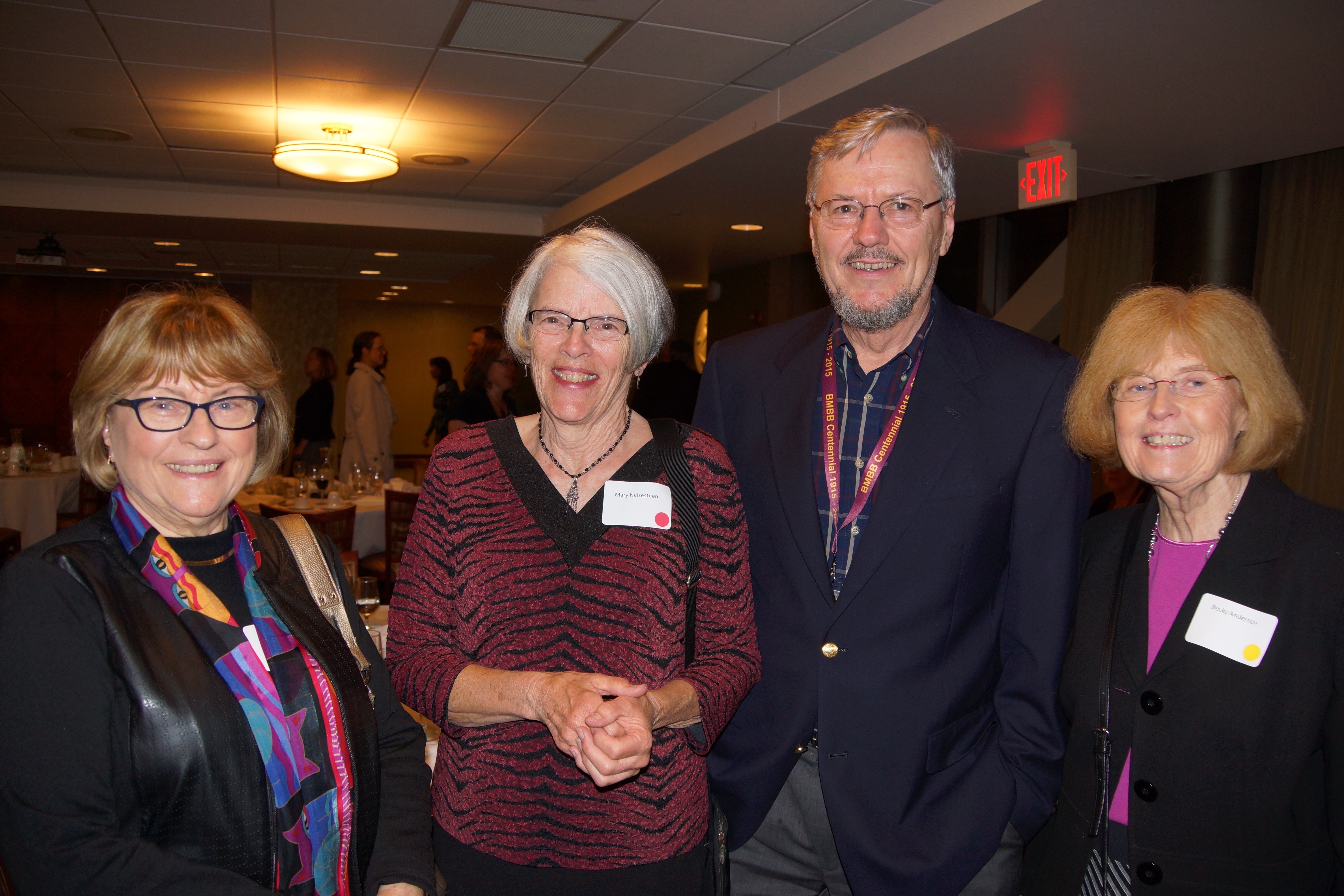Biochemistry, Molecular Biology and Biophysics is celebrating the 100th anniversary of the first biochemistry Ph.D. awarded at the University of Minnesota.

In 1915, the University awarded its first Ph.D. in biochemistry to Morris J. Blish, for his thesis entitled On the chemical constitution of the proteins of wheat flour and its relation to baking strength. Blish had come to the University from Nebraska in 1913 as a research assistant working under then-department head Roscoe Thatcher. Blish would go on to a distinguished career in biochemistry and received the American Association of Cereal Chemists Osborne Medal in 1936 as well as the University of Minnesota Outstanding Achievement Award in 1953.
When Blish arrived as a graduate student, biochemistry was already a well-established discipline at the University. However, at the time, graduate studies in biochemistry were split between the Medical School in Minneapolis and Agricultural Experiment Station (which later became the School of Agriculture) in St. Paul. A unified graduate program was later created under department head Lavelle M. Henderson in 1964.
Over the past 100 years, many notable scientists, like Blish, have undertaken their work in biochemistry at the University including Susan Berget, who played a large role in the discovery of splicing of messenger RNA; Ralph Holman, whose research led to the discovery of essential fatty acids (Holman would later go on to serve as director of the University of Minnesota’s Hormel Institute); and Wallace Armstrong, whose tenure at the university spanned 40 years. Armstrong led research into the biochemistry of fluoride, and the eventual fluoridation of water. Current faculty member Gary Nelsestuen, who completed his Ph.D. at the University in 1970, holds more than 20 patents and his research on gamma-carboxyglutamic acid, has made him an expert in the role of vitamin K in blood coagulation. Faculty member John Lipscomb’s research into how oxygen is used in biological systems continues to break new ground in the field. And biochemistry faculty member Reuben Harris has defined the role of APOBEC proteins in not only HIV biology but also some types of cancer.
So, what do the next 100 years hold for the field of biochemistry? With rapid advancements in technologies for evaluating complex mixtures of DNA and proteins and lipids, the sky's the limit.
“Biochemistry has been and will continue to be the flag bearer as the fundamental discipline for understanding the chemistry of life,” says Biochemistry, Molecular Biology and Biophysics department head and professor David Bernlohr. He sees the discipline heading toward a deeper understanding of the interactions between biological molecules and how such molecules come together to form complex systems that integrate hereditary information and cellular metabolism in normal and disease states. Moreover, biochemistry is used in the development of emerging areas such as synthetic biology where new biological molecules can be created and utilized for agricultural, biomedical or engineering purposes.
“Imagine laying the pieces of a 747 out on a runway,” says Bernlohr. "We’ve done really well at being able to show what each of those pieces is and how it functions individually. In the next 100 years, we’re going to talk about how they come together and function.” From there, things really can take off.
— Katie Hoffman






